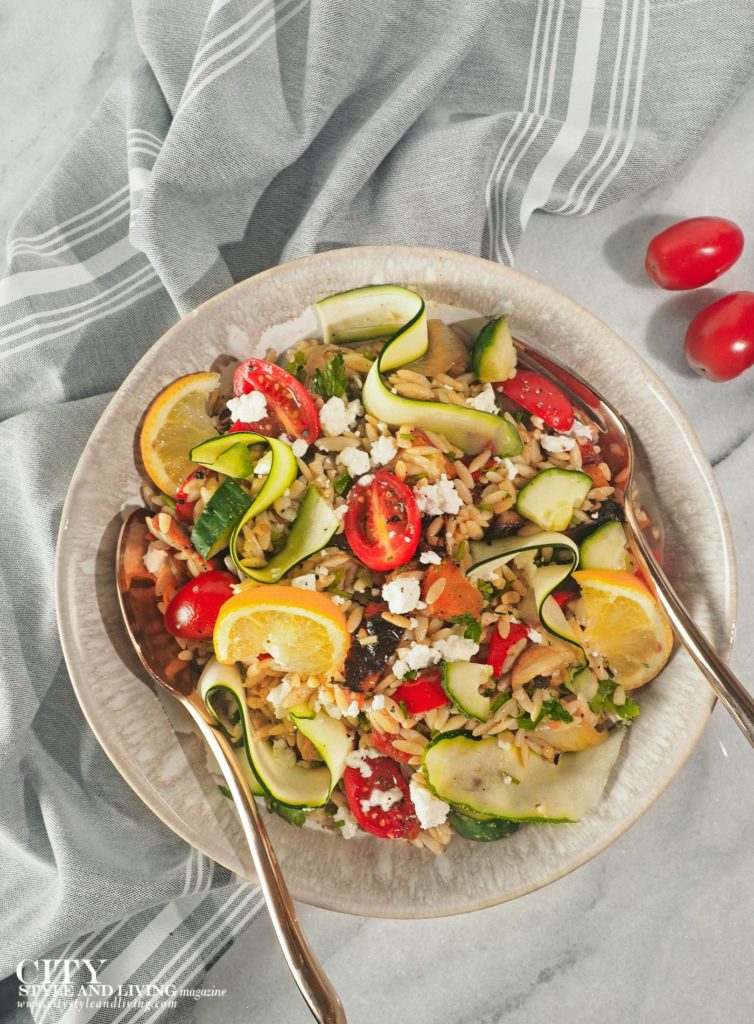
Classic Adobo
Adobong Manok at Baboy
The classic adobo most commonly known in homes and in restaurants throughout the Philippines and in America, adobong manok at baboy, has a silky, fatty, sour sauce. The ingredients for this dish—soy sauce, vinegar, black peppercorns, bay leaves, garlic, chicken (manok), and pork (baboy)—are easy to find in any grocery store. Despite the simplicity of the ingredients, you’d be surprised at how different the dish can taste from cook to cook, based on shifts in cooking time or a predilection for sour or salty. Some people add coconut milk; some cooks add a bit of sweetness in the form of sugar, honey, ripe fruit, or even preserves to round out the adobo’s sharp acidity and saltiness. Think of it like you do music: the notes are familiar, but the arrangement is what makes it unique. This is a “dry” adobo, which is less saucy. Try this method at least once, then adjust the proportions to your own preferences. Serve it with rice and crunchy cucumber relish.
Serves 4 to 6
1 cup (240 ml) white sugarcane vinegar
1 cup (240 ml) soy sauce
10 garlic cloves, minced
2 teaspoons whole black peppercorns
3 tablespoons fruit preserves, jam, or jelly, such as blueberry or fig
3 bay leaves
2 bone-in, skin-on chicken thighs
2 bone-in, skin-on chicken legs
1 pound (455 g) fresh pork belly, cut into 1- inch (2.5 cm) cubes
2 tablespoons vegetable oil
4-6 cups (800 g to 1.2 kg) cooked white rice, for serving Cucumber-Tomato Relish
In a large ziplock bag or nonreactive container, stir together the vinegar, soy sauce, garlic, peppercorns, fruit preserves, and bay leaves until the preserves are thoroughly combined. Add the chicken and pork belly, seal the bag or container, and marinate in the refrigerator for at least 6 hours, or preferably overnight.
Transfer the chicken, pork, and marinade to a large Dutch oven or heavy-bottomed pot with 4 cups (1 L) water and bring the liquid to a boil over high heat. Immediately reduce the heat to medium and simmer for 30 minutes, or until the chicken is cooked through. Turn off the heat and transfer the meat to a bowl.
In a Dutch oven or heavy-bottomed deep-sided pot, heat the vegetable oil over medium heat. Remove the pork belly pieces from the cooking liquid (do not discard the liquid) and add them to the pot. (Be careful, as the oil may spatter.) Cook, stirring frequently, until the pork belly is brown on all sides and crispy, about 7 minutes.
Add the chicken pieces to the pan and cook, flipping them occasionally, until they are browned, about 5 minutes.
Add ½ cup (120 ml) of the cooking liquid to the pan and cook until all the liquid has evaporated and the only thing left in the bottom of the pan is the fat from the chicken and pork, about 10 minutes.
Serve hot, with plenty of white rice and relish, if using, making sure to pour a little bit of fat from the bottom of the pan over each serving of rice.
Excerpted from I Am a Filipino by Nicole Ponseca and Miguel Trinidad (Artisan Books). Copyright © 2018. Photographs by Justin Walker.
This original article first appeared in the Fall 2018 issue of City Style and Living Magazine.
Don’t Forget to Follow City Style and Living on Social Channels: Instagram, Twitter, Facebook, Pinterest












